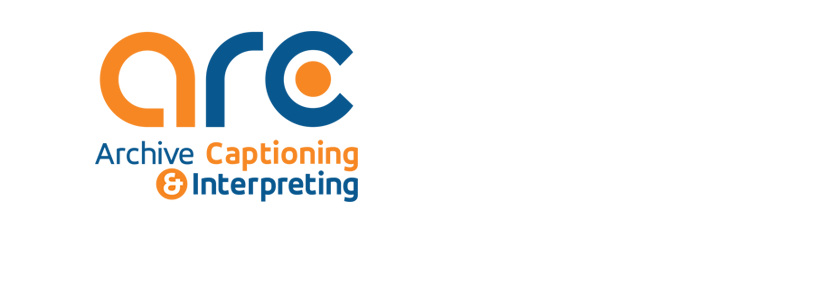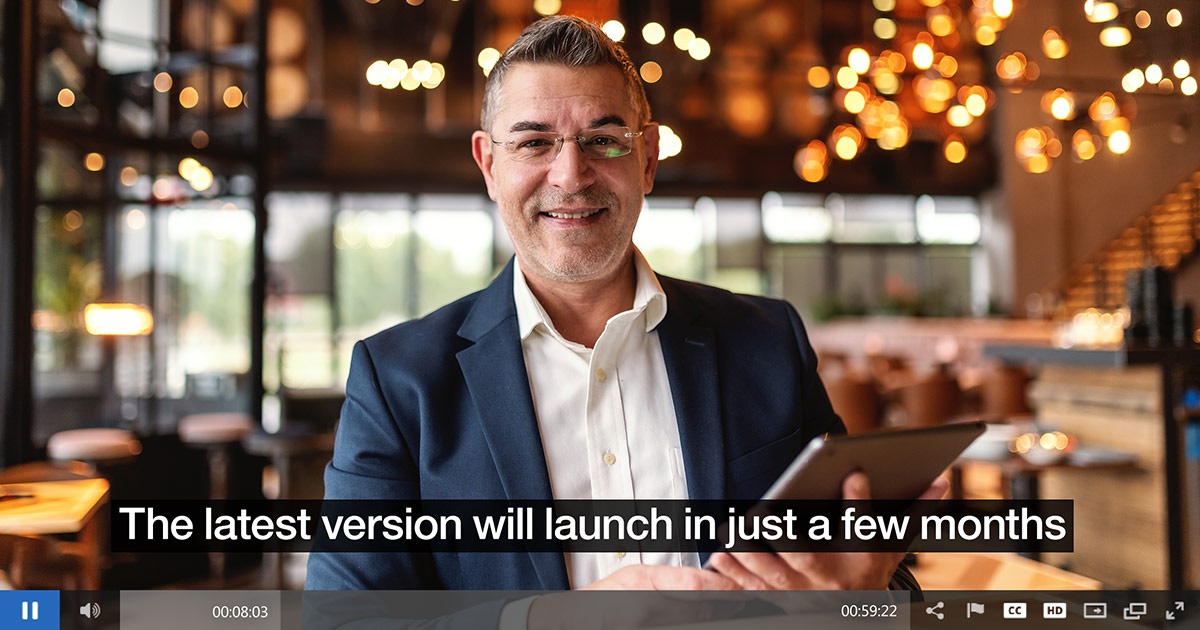Studies show that video captioning content improves comprehension and understanding for all students, not just the deaf and hard of hearing. This is the finding of a recent study done by Robert Keith Collins, a professor of American Indian studies at San Francisco State University. He found that students’ performance on tests improved dramatically when video captions were switched on during viewing.
Collins developed the idea while he was a member of a faculty learning committee focused on ways to make the classroom more accessible to all students. During the first year of a two-year case study, he showed videos without captions to establish a baseline of student comprehension. Once that baseline was established, he turned captions on and began to see improvements. Those improvements continued into the second year of the study.
“Not only were students talking about how much having the captions helped them as they took notes, their test scores went up,” Collins said.
The finding suggests video captions can be beneficial for all students, not just the deaf and hard of hearing he said.
“During the baseline year, there were a lot of Cs. In the second years, they went from Cs, Ds and Fs to As, Bs and Cs. It was really significant improvement,” he said.
That improvement didn’t just manifest itself in grades. Class discussions also became livelier and more detailed, with students recalling specific information shown in the videos such as names of people and places.
These findings are not unusual. Various studies have demonstrated the positive effects of video captioning on productive skills such as verbatim recall and retention, reuse of vocabulary in the proper context, as well as communicative performance in specific oral and written communication tasks. In terms of comprehension, captions can in fact assist students at different levels of linguistic ability.
One researcher had as group of ESL students watch a series of increasingly complex educational videos. Subsequent testing showed that, regardless of the level of the student, the group watching the captioned videos performed better than those without captions. (Markham, 1989:39,41)
In addition to comprehension, captions can help with word recognition and vocabulary building. Neuman and Koskinen conducted a nine-week experiment with 129 seventh and eighth grade ESL students (mostly at an advanced level) watching nine 5- to 8-minute long segments of an American children-oriented science production. The researchers found that captioning was more beneficial to vocabulary recognition and acquisition than traditional television watching, or reading while listening. (Neuman & Koskinen, 1992: 101).
While there are certainly limitations on how effective this learning aid can be, it’s reasonable to assume that a minor investment in video captioning of classroom material can benefit students’ comprehension and learning.
Interested in closed captioning services? Get a free quote.






